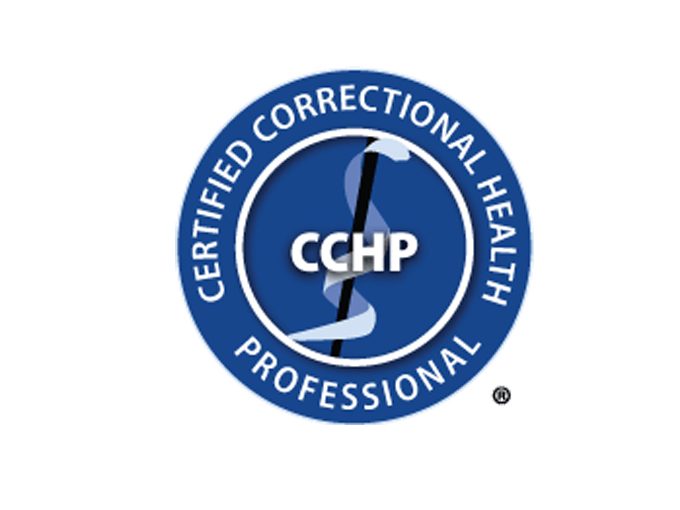
Standards Q&A: 75% Custody Health Training Requirement
Does the 75% requirement refer to all custody staff or only those working during
Home A Brief History of Medical Records in Corrections
 Sep 15, 2023
Sep 15, 2023By Pauline Marcussen, DHA, RHIA, CCHP, NCCHC Board Chair
As summer draws to a close, I am reminded once again of how quickly time flies. It feels like just yesterday that I began my career in the medical records field, as a file clerk in a large city hospital. At that time, a few decades ago, patient admissions were recorded on 3×5 index cards, and paper records were filed using a unique numbering system rather than an alphabetical system. Lab results were recorded on small pieces of paper that were then taped onto paper forms, and dictated reports were signed in ink by the physicians.
When I was hired at the state prison in the late 1990s, I felt like I had been transported back to the ‘50s. For the first 10 years, I drafted policies on protecting confidentiality of health information, required patients to sign authorization forms to disclose documents, and streamlined the processes associated with keeping medical records.
I was fortunate to work for a very progressive medical director who had hired me to help move us into the 21st century. For a few years, we had a hybrid medical record – part paper/part electronic – and over time, the staff realized the need to move into a totally electronic environment.
Welcoming the EHR
The most amazing part of working in an electronic environment? Accessibility. We were able to look at trends based on facility and housing units using validated data. With the use of interfaces, lab results were imported into the electronic health record, immunization details were shared with the state health department, and patient information was exported to the state health information exchange to be used by our community partners. There was no longer a need for clerks to move records from one facility to another or to file individual documents in a paper record. Efficiency is the key, and we were well on our way.
NCCHC followed the trend by updating the standards to include Standard A-08 Health Records, outlining the need for a confidential health record using a standardized format. The standard also includes a detailed discussion of the proper use of an electronic health record to protect the security of personal health information and delineates the parameters for access to that information.
For the Benefit of our Incarcerated Patients
Adequate health records exist in a variety of formats, but electronic health records with data stored using centralized, secure, off-site methods (i.e., in “the cloud”) are the preferred format for supporting seamless continuity of care.
The use of electronic health records benefits the incarcerated population in many ways. Paper records are easily lost or unavailable at the time of a patient encounter. With an EHR, data/information cannot be altered once signed and locked by the writer. Records can be shared through regional health information exchanges and/or patient portals, so community providers no longer need to repeat diagnostic testing and exams.
It’s refreshing to see how the field of health information has changed over the years. Health care professionals provide better documentation of the care they provide, and team members have access to timely and accurate information by logging into a computer.
Having access to our own personal health records through patient portals is a privilege of living in the free world. That is the ultimate goal for incarcerated individuals as well.
NCCHC standards specify that health records include:
From the NCCHC position statement Sharing of Patient Health Records Upon Release From Incarceration (2021)
Pauline Marcussen, DHA, RHIA, CCHP, is the 2023 chair of NCCHC’s Governance Board and board liaison of the American Health Information Management Association.


